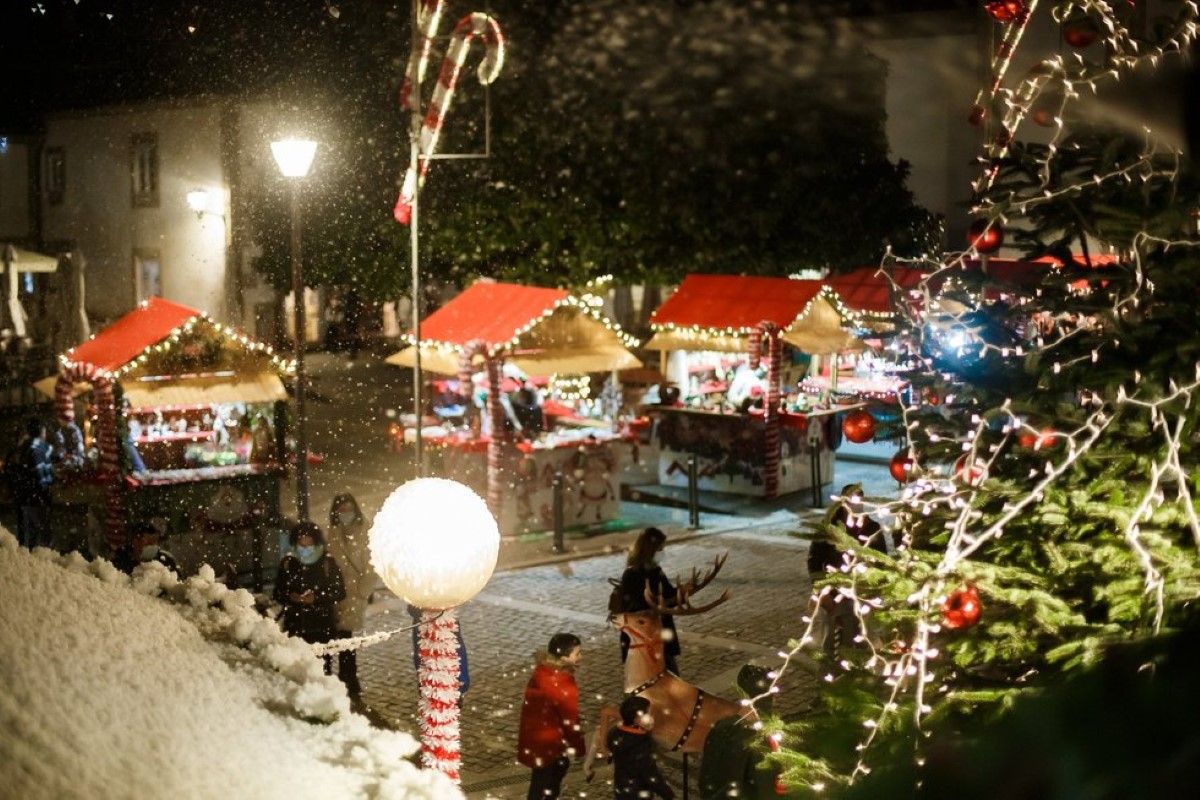
Christmas is celebrated all over Europe with enthusiasm and many unique traditions that vary from country to country. Beyond decorated trees and gifts, each region has its own customs, some of which may seem curious or even surprising. Here’s a look at some of the most interesting Christmas traditions celebrated in Europe.
1. Catalonia, Spain: “Caga Tió”
In Catalonia, one of the most unusual Christmas traditions is the Caga Tió, a wooden log decorated with a smiling face and a blanket to keep it warm. Days before Christmas, children “feed” the Tió de Nadal each night, and on Christmas Eve, they hit it with sticks while singing traditional songs so that it “poops” sweets and gifts. Although this tradition may seem strange at first, it is beloved by Catalan children who eagerly await their Tió’s treats.
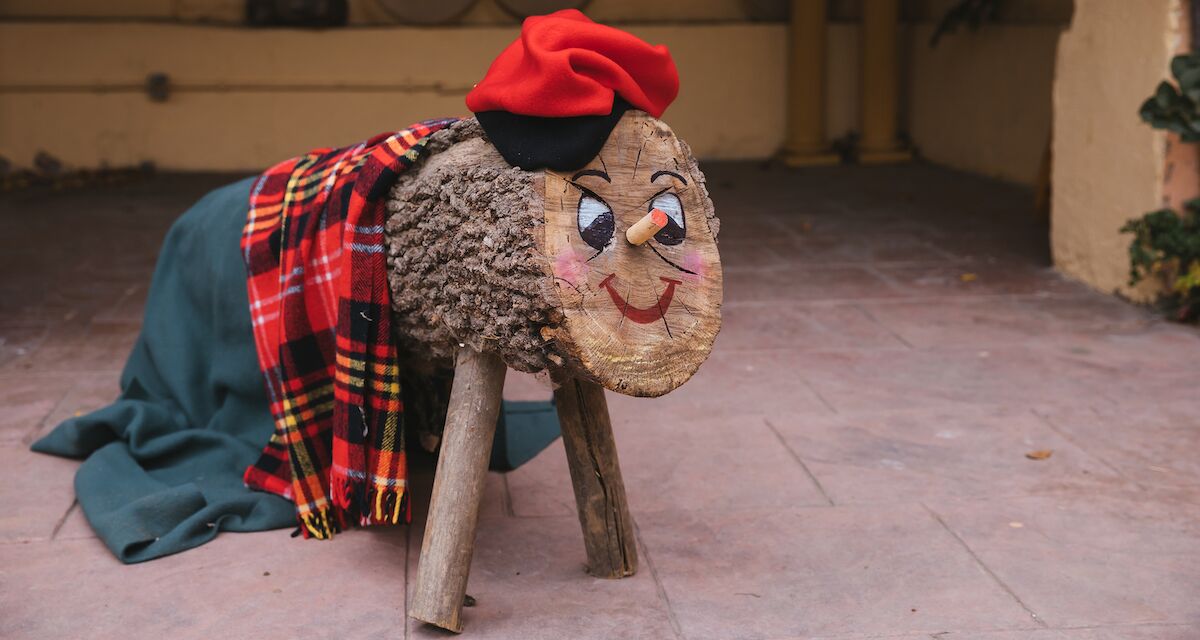
2. Austria: Krampus, the “Anti-Santa”
While Santa Claus brings gifts to good children, in Austria and other parts of Central Europe, there’s a much more feared figure: Krampus. This terrifying, demonic creature appears in early December to punish children who have behaved badly throughout the year. Many cities hold parades where people dressed as Krampus roam the streets, frightening onlookers. Although it may seem frightening, it’s a very popular tradition and a unique way to welcome Christmas.
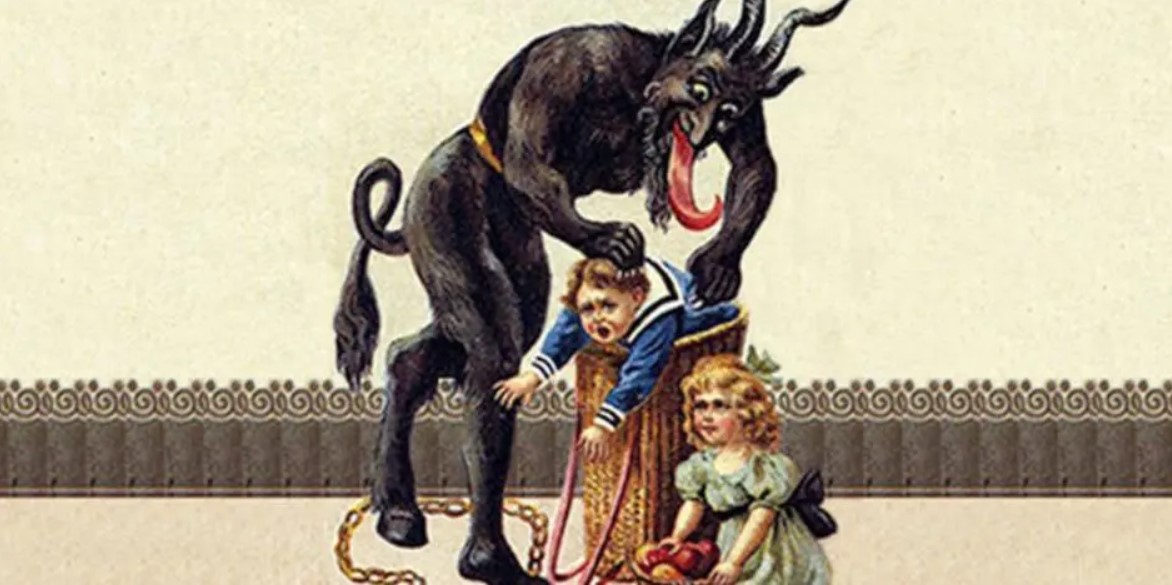
3. Iceland: The 13 Jólasveinar
In Iceland, there isn’t just one Santa Claus, but 13! Known as the Jólasveinar or “Yule Lads,” these characters are trolls who come down from the mountains to visit Icelandic children in the 13 days leading up to Christmas. Each night, a different Jólasveinar leaves gifts in the shoes children place by the window… if they’ve been good! Naughty children might receive a potato instead. Each Jólasveinar has their own personality and name, like “Spoon-Licker” or “Sausage-Snatcher,” and they bring a touch of humor to Icelandic Christmas.

4. Italy: La Befana, the Good Witch
In Italy, Epiphany (January 6) is celebrated with the arrival of La Befana, a kindly old witch who visits children’s homes to leave sweets or coal, depending on how well they’ve behaved. According to legend, La Befana tried to find the baby Jesus to bring him gifts, but she never found him. Now, each year she travels the world delivering sweets to children in his honor. Although she may seem like an unusual character, she is a much-loved figure in Italy and her arrival marks the end of the Christmas festivities.
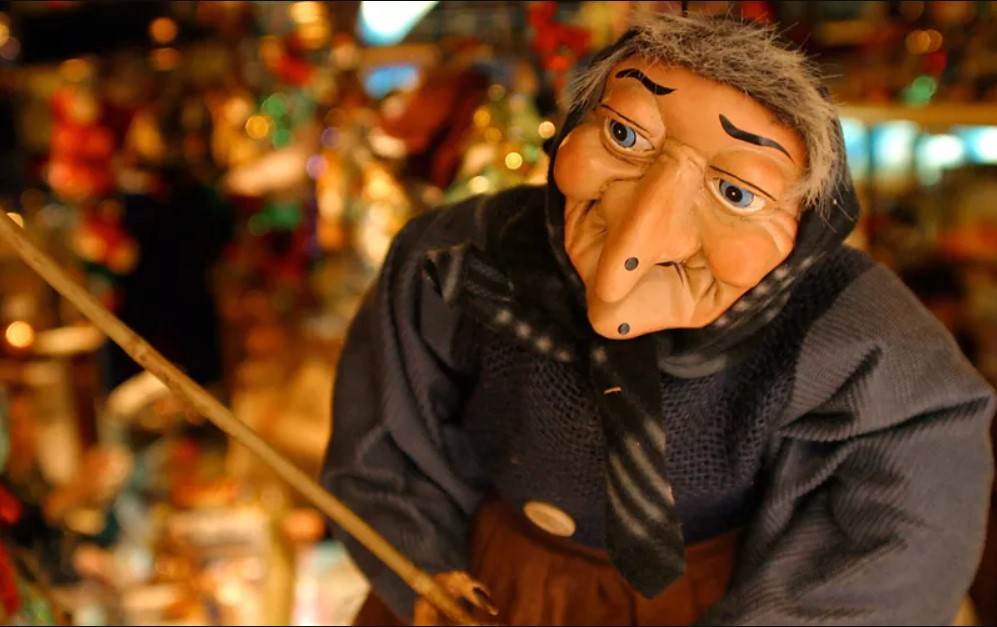
5. Ukraine: Christmas Trees Decorated with Spiderwebs
In Ukraine, Christmas decorations include an unusual detail: spiderwebs. According to a popular legend, a poor widow who couldn’t afford to decorate the Christmas tree woke up one morning to find it covered in magical spiderwebs that shimmered like gold and silver. Since then, some Ukrainian families decorate their trees with spider and spiderweb ornaments, believing they bring good luck and prosperity in the New Year.
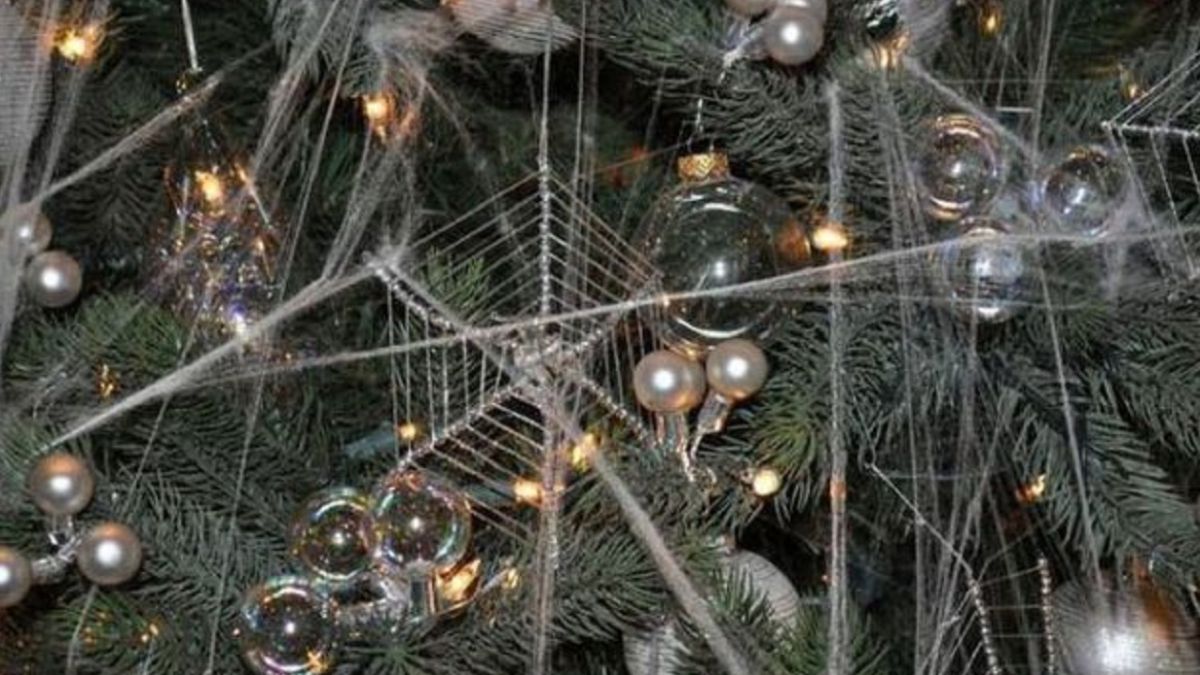
6. Portugal: Christmas Dinner with the Departed
In some parts of Portugal, the Consoada (Christmas dinner) includes a ritual to honor deceased family members. During the meal, families set extra places at the table for those who have passed away, believing that their spirits will be present. This tradition is a way to remember loved ones and keep their memory alive on such a special night.

One Christmas, Many Traditions
These traditions are just a sample of the rich cultural diversity that characterizes Europe, where each country and region celebrates Christmas in its own special way. From gift-giving trolls in Iceland to spider-decorated trees in Ukraine, Christmas in Europe is a time filled with creativity and uniqueness that reminds us how rituals can bring us together and reflect our history and values.















